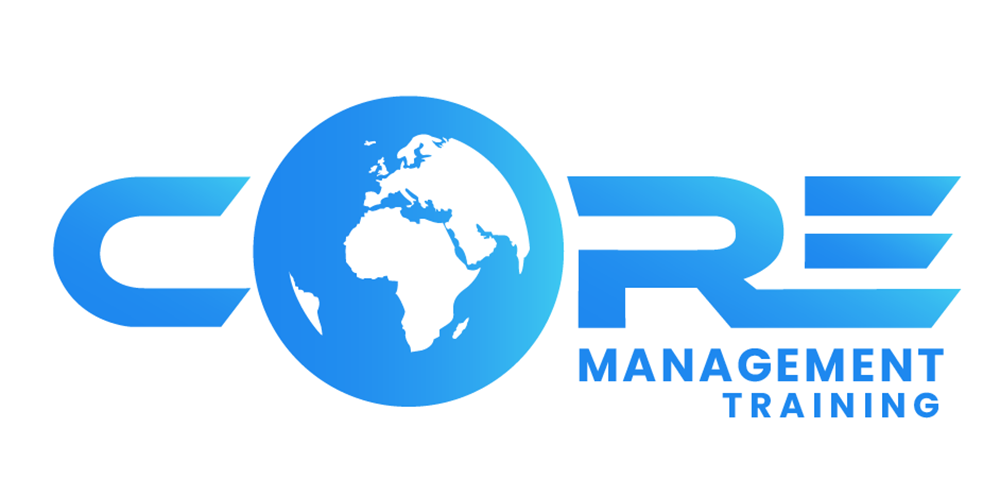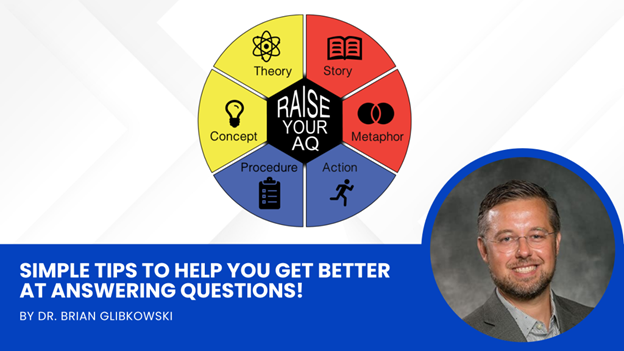Introducing Dr. Brian Glibkowski: Answer Intelligence (AQ)™ Pioneer, the trailblazer behind Answer Intelligence (AQ)™ – a scientific approach that redefines answers in business and life. This groundbreaking concept, based on his academic research, identifies six answer types (story, metaphor, theory, concept, procedure, action) for leaders to amplify their influence. Dr. Glibkowski’s peer-reviewed study involved 25 top golf instructors, revealing how experts communicate to influence others. Discover the transformative power of AQ through his article and book.
You probably have a rough idea of your IQ and know what EQ is – but have you ever thought about your AQ or Answer Intelligence? AQ is a new science of answers that fully incorporates questions. The result is a simple framework (the AQ wheel) and 5 High AQ practices that you can use in your next conversation to increase your impact with others.

Answer Intelligence (AQ)™ is the ability to provide effective answers in any conversation. AQ is a skill and it is supported by assessments and learning tools which anyone can use to become a more effective and influential communicator on any topic.
The following are 6 tips you can use to elevate your answers in any important conversation.
1. Question Recognition. There are three primary question types (why, what, how) and it is important to recognize which question is being asked before you provide an answer. The How-question is associated with practical knowledge (how to get something done), the What-question is associated with declarative knowledge (e.g., an idea), and the Why-question is associated with structural knowledge (related to cause-and-effect knowledge, how ideas are related to each other).
In natural language, the questioner may not use the words why, what, or how. Your first job is to map the natural language question to the technical language AQ framework. For example, a CEO may say “How does this work?” and their real question is “Why are we working with you?” In such an instance you must answer the why-question. A question can also be implicit. A long silence may indicate a lack of buy-in, triggering a what-question associated with the big idea of your presentation.

2. Provide Six Answers. Provide the Best Answer (High AQ Practice 1). For the first time, you have a target with six answer types to aim at when you provide an answer.
“Why should I hire you?” (or any why-question) can be answered with a story or theory (theory is a cause-and- effect relationship, often referred to in business as strategy).
“What is the goal of the project?” (or any what-question) can be answered with a concept or metaphor. A concept can be defined and broken down into smaller pieces. For example, SMART (Specific, Measurable, Achievable, Relevant, Time Bound) is associated with a goal. A metaphor is a comparison to make a concept clearer in the primary conversation (e.g., in business). For example, a goal is achieved one step at a time.
“How should I structure the presentation?” (or any how-question) can be answered with a procedure or action. A recipe to bake a cake may include 10 steps. When you emphasize all the steps, that is a procedure. When you discuss or demonstrate any given step, such as cracking an egg, that is an action. Therefore, procedures and actions are related but distinct.
You have six answers to aim at, but you should try to identify the single best answer to provide to a question. To do this, take into consideration time constraints and conversational norms to concisely and directly answer the question that is asked.

3. Answer Twice (High AQ Practice 2). For important what-, why-, and how-questions, answer twice for maximum impact to appeal to the logical left side of the brain (theory, concept, procedure) and emotional right side of the brain (story, metaphor, action). For example, during a job interview, if you are asked, “Why should I hire?” You may sense this is an important question, and you should answer twice with a story followed by a theory (to explain the story).

4. Provide Complements (High AQ Practice 3). Adjacent answers, such as concept + procedure, should be provided together because they are similar answers but provide different knowledge that reinforce each other. For example, every procedure is implemented to achieve a goal, which is a “concept” in AQ speak. Therefore, a procedure helps someone know how to do something, and a complementary concept explains for what purpose the procedure is completed.

5. Answer with Style (High AQ Practice 4). There are three conversational styles (red, yellow, and blue in the AQ Wheel): Relational (story + metaphor), Analytical (theory + concept), and Practical (procedure + action). Reflect on yourself. If you tell a story every chance you get, you may have a relational style. You need to know your style, but it is also important to know the style of others. If you are a manager with a relational style and your team has a practical style, you may provide story answers, but your team prefers practical answers.
Regardless of the questions being asked, a best practice is to sprinkle into the conversation answers consistent with the recipient’s style over the entire conversation.

6. Answer in Context (High AQ Practice 5). All six answer types exist within a context (when, where). Every question must reflect the local context. For example, a sales pitch to a pharma company should feature a pharma case study (a story in AQ terms), but a sales pitch to a bank should feature a bank case study. When you are interviewing, if all six of your answers reflect the local context, your chances of landing a dream job go way up.

Use these 6 tips as you prepare for and participate in your next important conversation.
Core Management Training is a certified provider of Answer Intelligence (AQ)™. www.RaiseYourAQ.com




